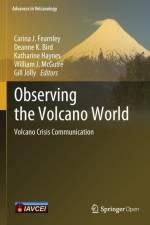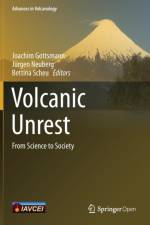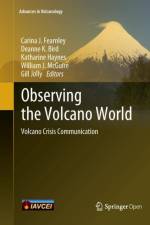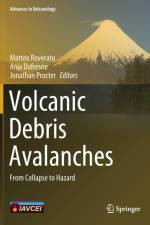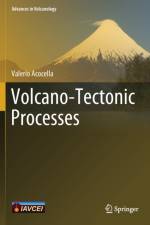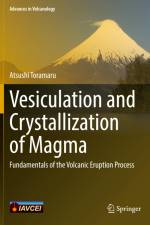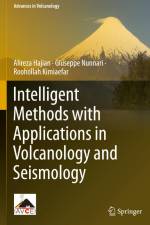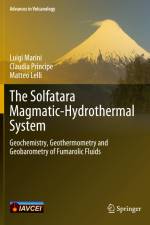av Valerio Acocella
1 999
Volcanoes have terrified and, at the same time, fascinated civilizations for thousands of years. Many aspects of volcanoes, most notably the eruptive processes and the compositional variations of magma, have been widely investigated for several decades and today constitute the core of any volcanology textbook. Nevertheless, in the last two decades, boosted by the availability of volcano monitoring data, there has been an increasing interest in the pre-eruptive processes related to the shallow accumulation and to the transfer of magma approaching the surface, as well as in the resulting structure of volcanoes. These are innovative and essential aspects of modern volcanology and, as driving volcanic unrest, their understanding also improves hazard assessment and eruption forecasting. So far, the significant progress made in unravelling these volcano-tectonic processes has not been supported by a comprehensive overview.This monograph aims at filling this gap, describing the pre-eruptive processes related to the structure, deformation and tectonics of volcanoes, at the local and regional scale, in any tectonic setting. The monograph is organized into three sections (¿Fundamentals¿, ¿Magma migration towards the surface¿ and ¿The regional perspective¿), consisting of thirteen chapters that are lavishly illustrated. The reader is accompanied in a journey within the volcano factory, discovering the processes associated with the shallow accumulation of magma and its transfer towards the surface, how these control the structure of volcanoes and their activity and, ultimately, improve our ability to estimate hazard and forecast eruption.The potential readership includes any academic, researcher and upper undergraduate student interested in volcanology, magma intrusions, structural geology, tectonics, geodesy, as well as geology and geophysics in general.


